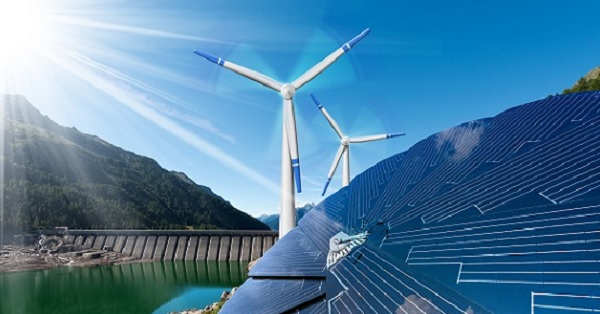Indian Prime Minister Narendra Modi’s speech in Glasgow, at the COP26 Summit in October 2021, had set some steep targets for the country’s renewable energy sector. Based on that, expectations are rife that there may be big bucks allocated in the budget to promote the construction of new capacity in solar, wind and hydropower projects.
However, the government has been wanting to build up renewables capacity in a big way for a while now. But even for the current year, India is well short of the targets.
The lack of support at the level of state governments is the reason for the shortfall, according to one expert. “The problem is to make those things happen (meet renewable energy commitments) the central government actually has very little tools and resources. These decisions are actually dealt at the state level and frankly states aren’t always bought in for these commitments that the central government puts out there,” said Richard Rossow, the Wadhwani Chair in US India Policy Studies at the influential think-tank CSIS.
Rossow points out that the states’ reluctance may not even be political. Even states ruled by Bharatiya Janata Party (BJP) — which is also ruling at the Centre — have not backed the Prime Minister’s agenda wholeheartedly. “Sometimes of the BJP states are some of the worst laggards. And sometimes states that oppose Modi’s agenda are the fastest to jump on board,” added Rossow.
Among the top 10 states that have made the best progress in building up renewable energy — solar, wind and hydropower projects — sources, only three of them are ruled by, or aligned with, the BJP.

Karnataka is the top state because of several reasons like offering incentives and subsidies to promote green buildings, electric vehicle (EV) charging infrastructure deployment, and energy-efficient technology adoption in industries. Recently, Karnataka also invited Elon Musk to set up a Tesla unit in the state.
However, efforts are underway to boost India’s ability to curb emissions and combat climate change. On January 19, the Cabinet cleared ₹1,500 crore for the Indian Renewable Energy Development Agency (IREDA). This will enable IREDA to lend ₹12,000 crores to the renewable energy sector.
State-owned lenders like the Power Finance Corporation and Rural Electrification Corporation have cut interest rates for long term loans to renewable energy projects to 7.85%.
The market is excited too. Some of the best performing stocks in January 2022 are from the green energy space.
| Stock | Jan 2022 change |
| BEML | 12.72% |
| HAL | 16% |
| Bharat Electronics | -1.35% |
| Adani Green | 4 4% |
| Adani Transmission | 18% |
Meeting targets is important because just having installed capacity doesn’t mean that energy production will be of the same scale as coal-powered plants. “You know, a wind farm or a solar farm doesn’t generate 80% of the installed capacity. That that is not even targeted because it cannot happen, given the nature of the energy that’s coming in. So, that often people don’t make that adjustment. It’s like not that you know 1000 megawatts of coal is the same as 1000 MW,” Devina Mehra, Founder, Chairperson & Managing Director at First Global, explained on Business Insider, adding that only a small part of her investments are in the sector.
Source: businessinsider.in









